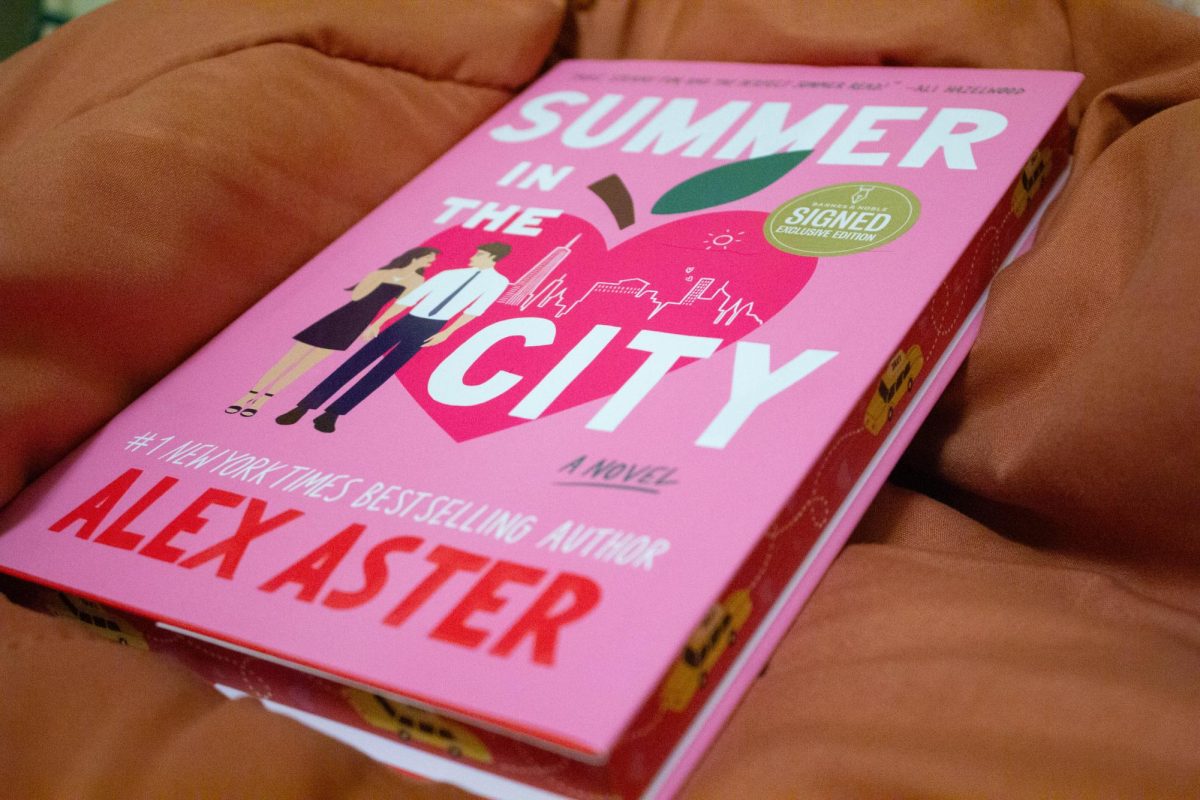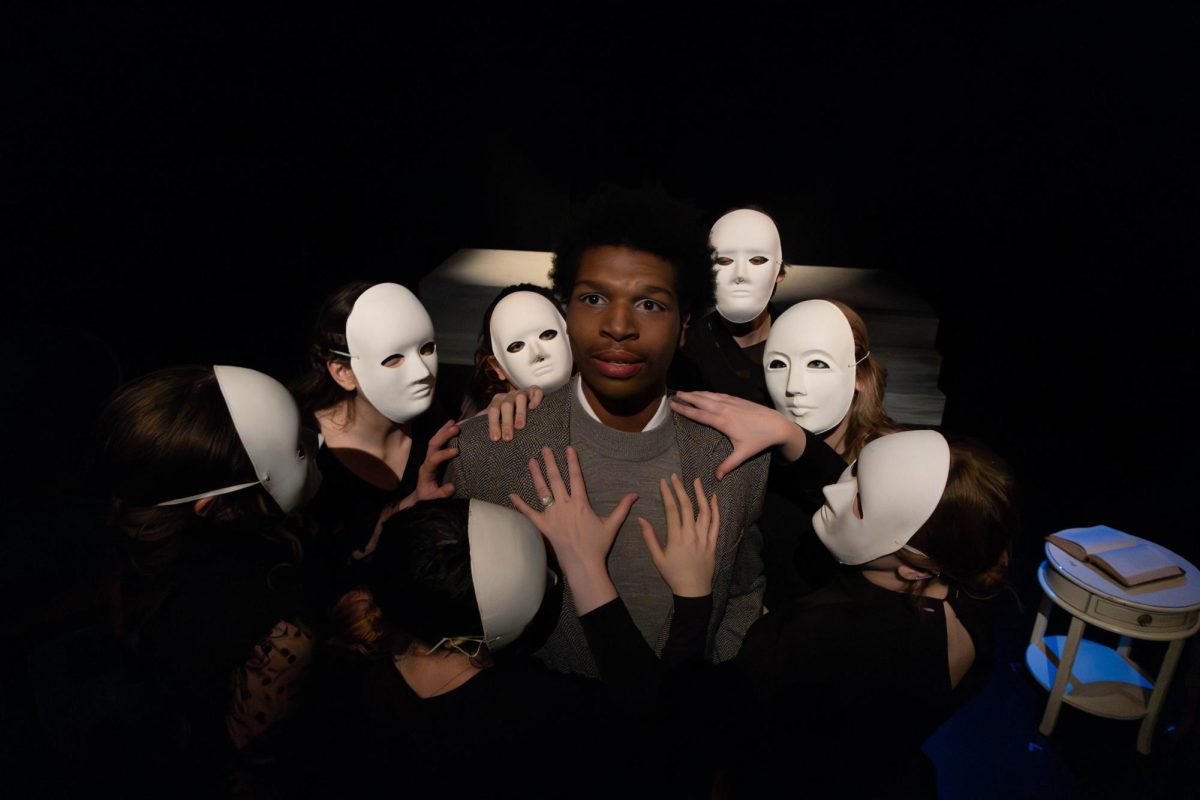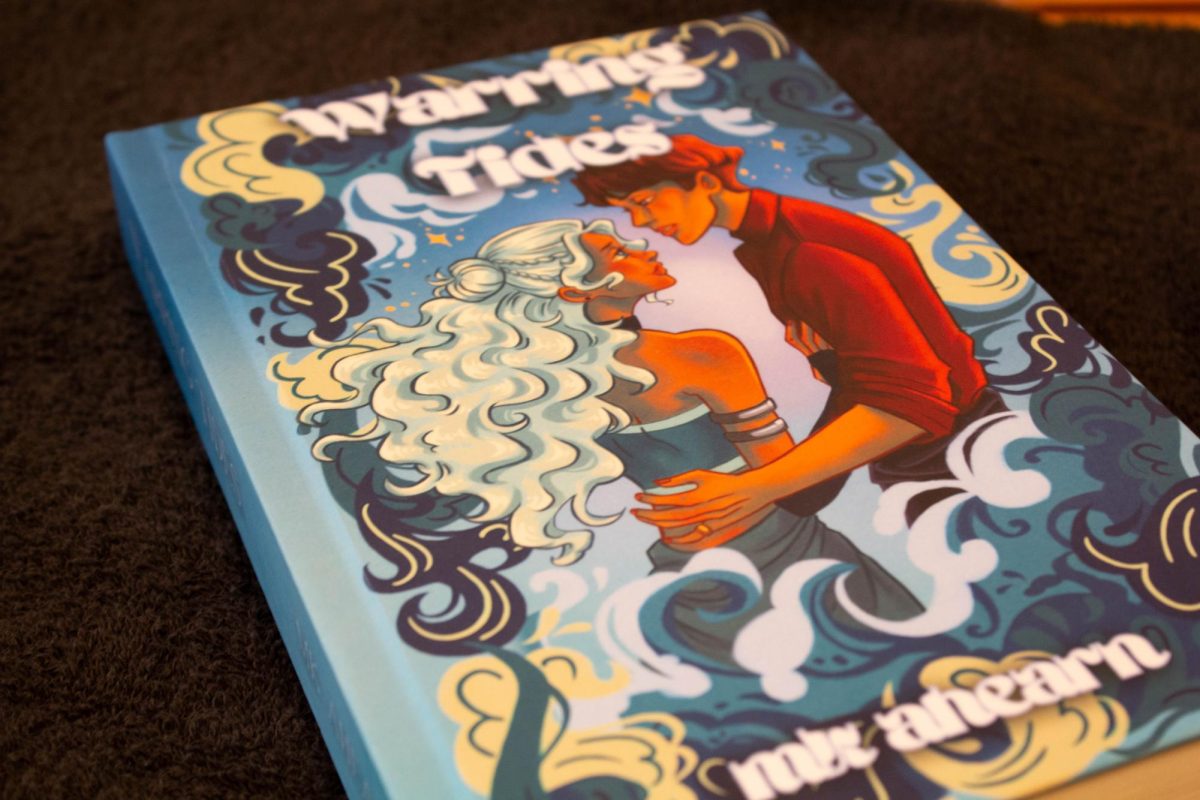As part of their International Art House Classics event, the Harris Theater decided to show Peter Weir’s Picnic at Hanging Rock. This 1975 mystery film was the Australian director’s second film and first major hit. Weir is most popular for his hit films Dead Poets Society (1989) and The Truman Show (1998).
Picnic at Hanging Rock tells the story of what happened on Valentine’s Day in the year 1900. It is based on the 1967 novel of the same name by Joan Lindsey. Minor spoilers incoming.
I walked out of the theater and I did not understand what I had seen. Picnic at Hanging Rock is a mystery film with no real answers. None. The film goes against all genre conventions and slowly dismantles the viewer’s expectations of a mystery as they watch. At first, I viewed this as a fault of the film, but this aspect is handled with such tact and expertise that Weir slips through the cage of genre and escapes into the endless pit of the unknown.
The unknown, or more accurately the unknowable, are at the heart of the film. In a similar manner to Antonioni’s Blow Up (1966), the film puts special emphasis on the futility of searching for answers that cannot be found. It is an eerie, unsettling and unsatisfying film. However, Weir works with such intentionality that one cannot be upset by this.
The film does not just subvert expectations, it numbs them. The audience is scratching and clawing at the walls for answers, for the final puzzle piece, but there is none. It is an incredibly frustrating feeling, however the breathtaking cinematography and powerful music undermine the viewer’s frustration.
Hanging Rock is a terrifying yet beautiful location, and Weir makes sure to utilize both sides. When the rock formations and greenery are first shown, there is a whimsical look to them that the music accompanies. However, as the girls go deeper into the rocks, there’s a shift. The trees are fewer and further between. The rock formations begin to look like faces, screaming in anguish and Weir makes sure that we hear those screams. This film has one of the most beautiful relationships between cinematography and sound design I have ever seen on film.
I have no real criticisms of this film other than, at times, the performances are a bit stiff. It is unclear whether this stiffness is meant to add to the surrealism of the film or are merely poor performances. Either way these brief moments have the power to pull the audience out of the film. Yet, the film is still a masterclass in how to not just subvert genre but to break it.
I highly suggest seeing this film for fans of David Lynch, Sofia Coppola and Michaelangelo Antonioni. For fans of the film looking for what to watch next, I would suggest Lars Von Trier’s Melancholia, Yorgos Lanthimos’ The Killing of a Sacred Deer or Antonioni’s Blow Up as previously mentioned.









